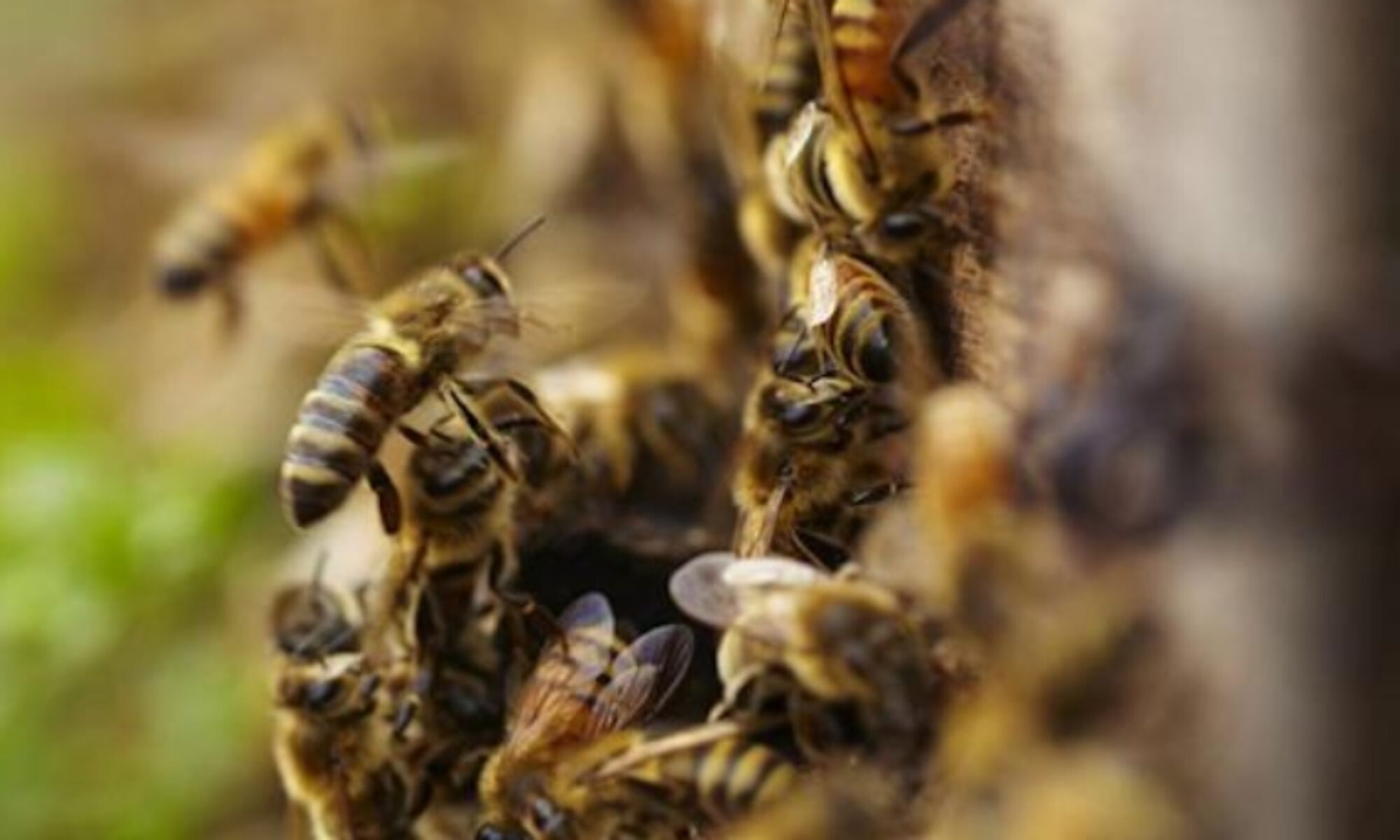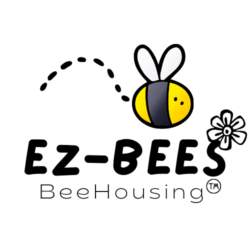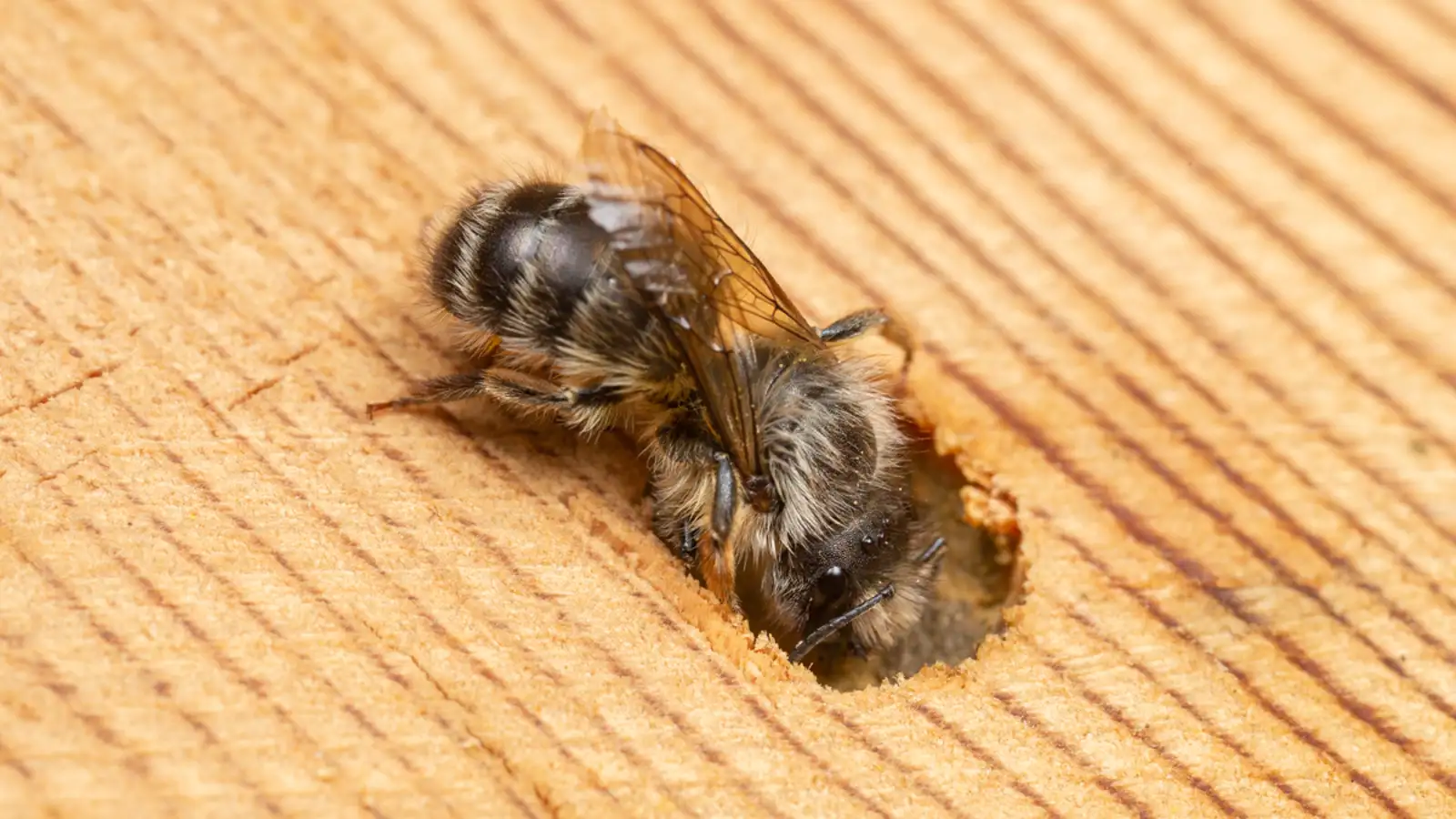Erin Biba 8-10 minutes 6/9/2019 From Gizmodo.com –
It’s a noble cause—trying to help bees thrive as populations face catastrophic collapse. One of the ways folks have been doing this recently is by purchasing bee houses. Bees will build their nests and lay their larvae inside these cute little tube-filled wood boxes, which have become prevalent at garden centers. Seemingly all you have to do is hang them on a tree and walk away.
Unfortunately for the bees, many commercially available bee houses don’t come with any instructions and are made out of the wrong materials. If they’re not well cared for they can end up being, basically, death traps.
Dirty and unnatural
As essential pollinators, bees help plants survive and propagate. But a variety of factors are stacking the cards against them. Climate change, pesticides, habitat loss, and disease are all conspiring to annihilate bees—including both commercial honeybees and various wild species—around the world. So it’s only natural to think that putting a house for them in your backyard would be a helpful step. Especially with companies marketing these houses as ways to help bees stay safe and attract them as pollinators for your garden.
“It’s such a fantastic desire to be helpful and fix the things we see that are broken around us,” Gwen Pearson an entomologist at Purdue University, told Earther. “That’s wonderful and I honor that so much, but the problem is the world is really complex.”
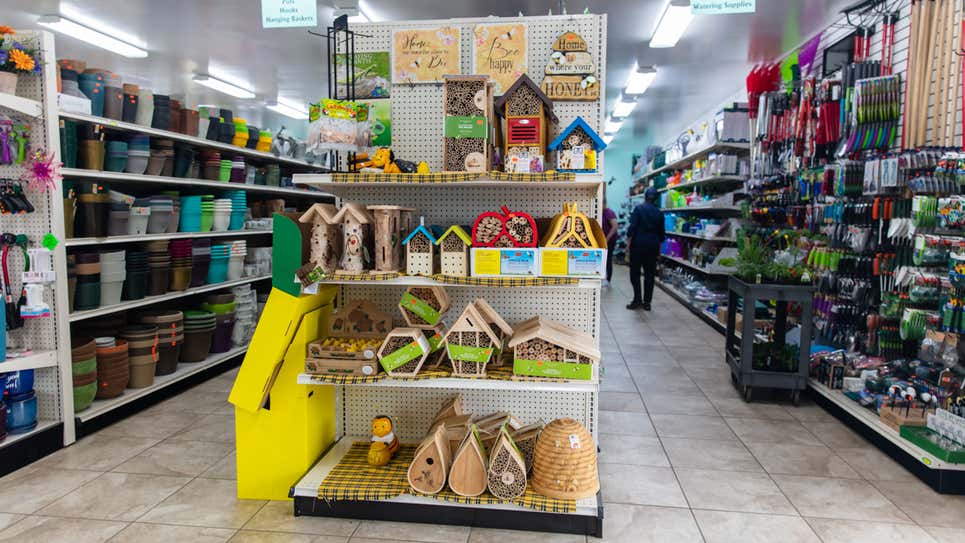
The most prevalent problem with bee houses is that when they’re not cared for properly, they can become breeding grounds for pests, mold, fungus, and disease. As Colin Purrington, an evolutionary biologist and bee house enthusiast who recently had a viral thread on Twitter about deadly bee houses, put it to Earther, it’s like having a hotel with no maid service. “If you were staying in a hotel and it never, ever cleaned anything it would be gross,” he said.
Pollen mites are one of the biggest threats to the habitability of bee houses located in humid environments or built of materials like bamboo that don’t dry easily. “If there’s no way for moisture to dissipate from the nest then the mites take over,” Purrington said.
When they hatch, these mites eat the pollen that bees leave for their young to feed on. Then, the mites latch on to the bees, hoping to get a ride to the nearest flower. Purrington, who runs a citizen science project on iNaturalist collecting images and information about the various parasites and diseases that can thrive in bee houses, said bees can become completely covered in mites to the point that they can’t even fly. “It’s a horrible sight,” he added.
Another problem with these houses is that, despite what conventional wisdom tells us, native bees in the U.S. are actually solitary. Honey bees—which usually live in large colonies—are actually invasive species that European settlers brought here to help with agriculture. Mason bees and other members of the American side of the apoidea family, while still essential pollinators, prefer a more lonely life, though they’re still attracted to bee houses.
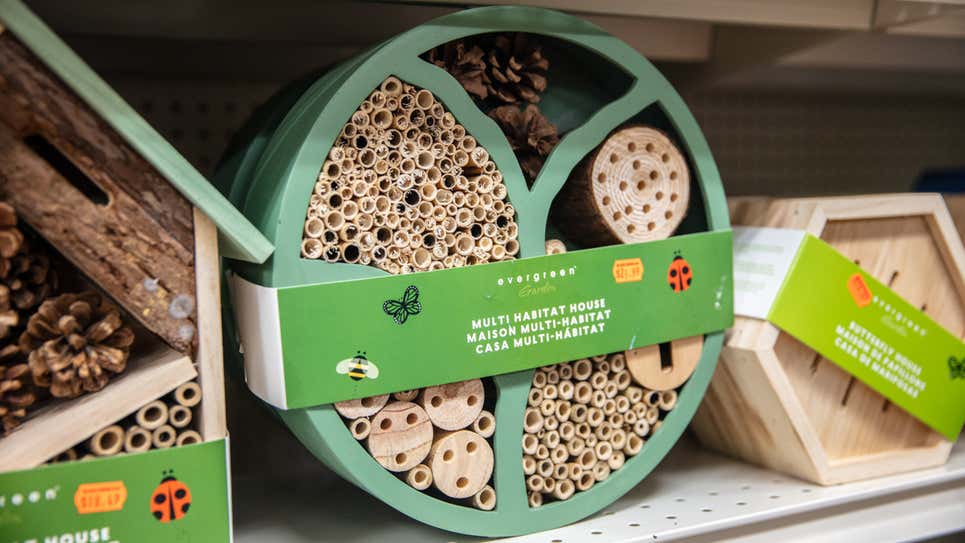
“Bee houses do tend to aggregate certain bee species into close proximity with each other,” Eric Mader, co-director of the pollinator and agricultural biodiversity program at the Xerces Society for Invertebrate Conservation, told Earther in an email. Mader called out several genera, including Osmia, Megachile, Chelostoma and a few others in the family entomologists call “leaf cutting bees” because they cut small round pieces of leaves to wrap their around their larvae (much like swaddling) when they build their nests. He said that some of these species “have a natural tendency toward gregarious nesting, but in nature the lack of dense apartment-style housing units tends to keep members of those species spaced out a little further apart.”
Packing a bunch of species together into one box is not only ecologically weird, it can make them targets, Mader said. “The cheek-to-cheek occupancy of bee houses helps predators (woodpeckers for example), parasites (including wasps, mites, and others), and diseases find a dense host-bee population to exploit.”
A common setup of bee houses can cause other problems, too. Purrington noted that it’s bad for bees when a house is tied loosely to a tree or a post with a string rather than tightly secured in place. If the house is jolted hard enough, that it’s possible bee larvae could be knocked off their pollen ball food source, he said. And windy conditions can interfere with bees trying to get inside.
“The bees can’t land if it’s flapping around in the wind,” he said of mason bees. “They’re terrible at landing.”
A better bee house
This doesn’t mean that all bee houses are terrible and should be avoided at all costs. Finding bee houses made from proper, breathable materials (like easily removable paper straws, or natural woods that aren’t bamboo) can help alleviate some issues around mold and mite growth. More than anything, though, whether a bee house provides benefits depend on if owners are willing to put the time and effort into properly caring for the house and the bees that live there.
Regular bee care, Purrington said, involves storing the larvae-filled nests that the bees make inside the bee houses safely for the winter, cleaning and sanitizing the nests after the larvae have grown and left in the spring, and cycling out those breathable woods and paper straws regularly to make sure they’re not harboring parasites or bacteria. He also said it’s a good idea to cover the houses with metal netting to keep the birds out, as woodpeckers and bluejays find bee houses to be great restaurants.
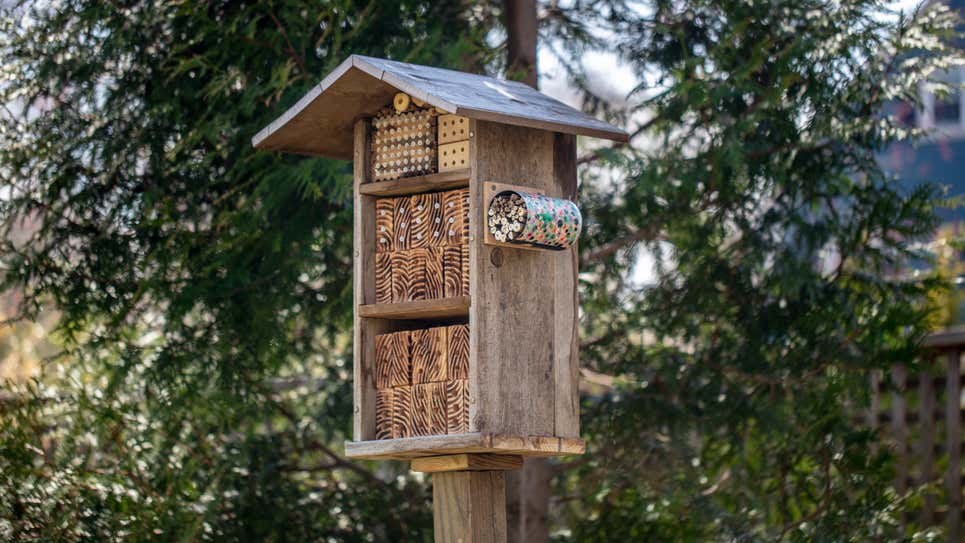
Mader said that very small bee houses that don’t have too many rooms in them aren’t too bad. “Our general recommendation is to go small, not try to aggregate hundreds of bees in a small space, and to have fun with bee houses. If people want to try scaling up, they should educate themselves on the appropriate beekeeping systems for maintaining the health of their population.”
If you decide you want to put in the time and effort to keep a proper native bee house there are some good resources available. Pearson recommended The Bees in Your Backyard: A Guide to North America’s Beesto help you figure out if your native local bees even want to live in bee houses. The Xerces Society for Invertebrate Conservation, where Mader works, has extensive online resources for bee houses and bee keeping. And Mader recommended the free, downloadable book from the Sustainable Agriculture and Research group at the USDA Managing Alternative Pollinators.
Purrington recommended Crown Bees as a source for well-made bee houses and noted they have extensive educational blog posts and YouTube videos for keeping healthy bees. He has also compiled his own lists of bee houses that should be avoided and how to spot them, houses that are safe, and instructions on how to build your own bee house if you’re looking for a DIY project. All the experts also agreed that properly kept bee houses can be valuable tools for teaching kids about ecology and bee behavior.
But Pearson added that the best way to help bees and other pollinators in your yard is to forego the bee houses all together and, in fact, stop spending time and money on lawn care. “Right now what we have is we’ve legislated sterility in a lot of our neighborhoods,” she said.
Community regulations that you mow your lawn and keep it neat and tidy are an ecological nightmare for pollinators like bees, whose habitats rely on the mess nature makes when tree branches, leaves, and stems fall on the ground. The loss of that habitat has a huge impact on whether bees can survive and reproduce in our modern world.
“Just make an enormous mess in your yard and leave it there,” Pearson said. “Don’t trim stems for winter, leave bits of old wood around—all of that is great for bees to find a place to live. Don’t rake up the leaves, leave the dead spot in your yard… One of the things we can do that is super easy that will make a difference is just be lazy. Let things be messy. Let them be untidy.”
From life on Earth to everything beyond, we’ve got it covered. Subscribe to our newsletter.
Erin Biba is a freelance journalist focused on how science and technology intersect with climate, the environment, and human health.
